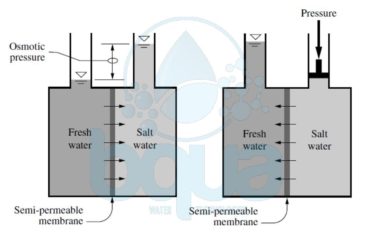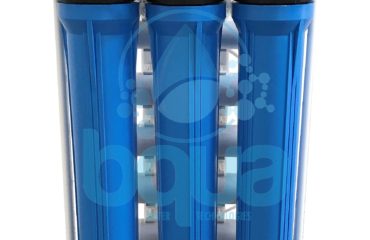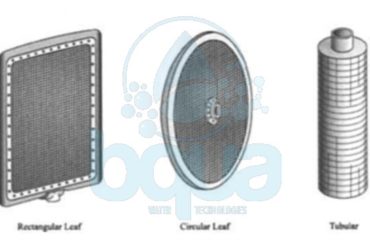What is Clarification ?
Clarification has more than one application in water treatment. Its usual purpose in a conventional treatment process is to reduce the solids load after coagulation and flocculation. A second application, a process called plain sedimentation, is removal of heavy settleable solids from turbid water sources to lessen the solids on treatment plant processes. Material presented deals primarily with settling flocculated solids. One way of designing the clarification process is to maximize solids removal by clarification, which generally requires lower clarifier loadings and larger, more costly units. Alternatively, the clarifier may be designed to remove only sufficient solids to provide reasonable filter run times and to ensure filtered water quality. This latter approach optimizes the entire desalination plant and generally leads to smaller, less expensive facilities. Typical loading rates suggested in other articles or by regulatory guidelines are generally conservatively selected to provide a high-clarity settled water rather than optimization of the clarifier – filter combination.
The clarifier falls into two basic categories: those used only to remove settleable solids, either by plain sedimentation or after flocculation. And those that combine flocculation and clarification processes into a single unit. The first category also includes conventional sedimentation basins and high-rate modifications such as tube or plate settlers and dissolved air flotation (DAF). The second category does include solids contact units such as the sludge blanket clarifier and slurry recirculation clarifier. Also included in this category is contact clarification in which flocculation and clarification take place in a coarse granular media bed.
Conventional Clarification Design
Most sedimentation basins also known as a clarifier used in water treatment are the horizontal-flow type in rectangular, square, or circular design. Both long, rectangular basins and circular basins are commonly used; the choice is based on local conditions, economics, and personal preference. Camp (1946) states that long, rectangular clarifier exhibit more stable flow characteristics and therefore better sedimentation performance than very large square basins or circular tanks. Basins were originally designed to store sludge for several months and were periodically taken out of service for manual cleaning by flushing. A clarifier is now designed to be cleaned with mechanical equipment on a continuous or frequent schedule.
Please contact us for more information and water treatment solutions. Or learn more about our products.
Sedimentation Basin a.k.a Clarifier Design




